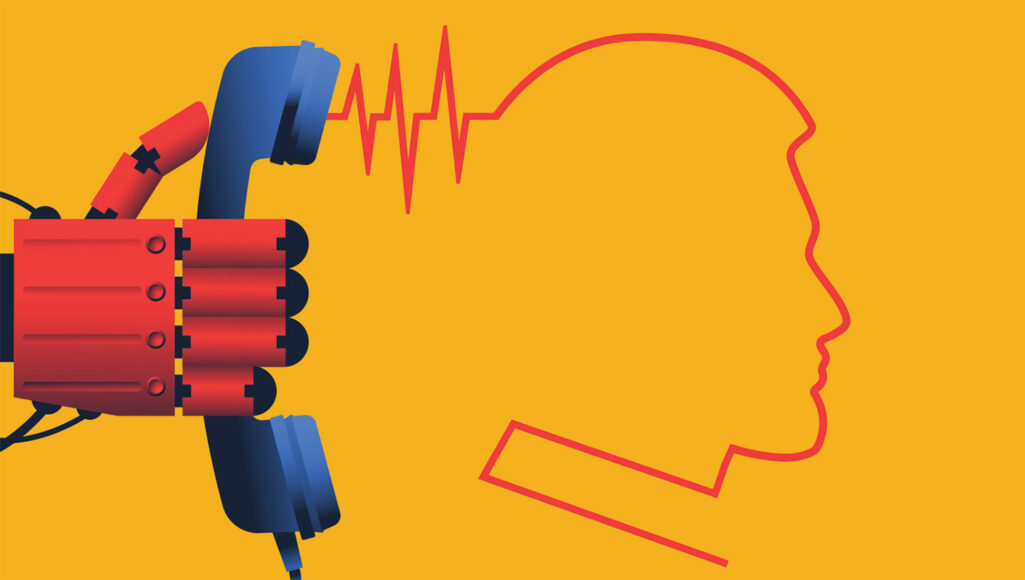Questions for ‘A new tool could guard against deepfake voice scams’

Scammers can use AI to create deepfake mimics of people’s voices. But researchers are fighting back. They’ve found a way to trick the tricksters and protect others from impersonating your voice.
Moor Studio/DigitalVision Vectors/Getty Images Plus